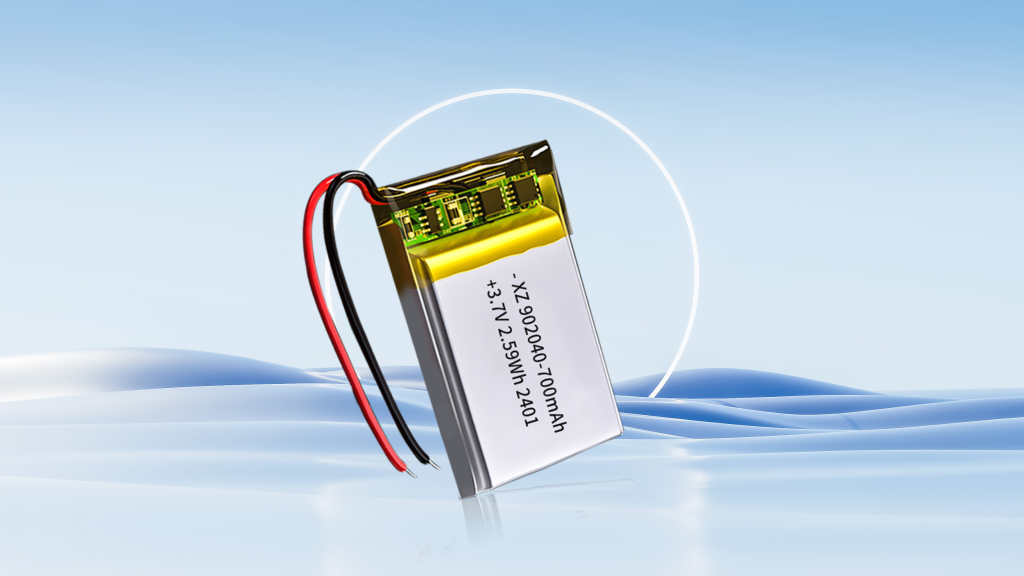The correct statement: The life of lithium battery is related to the completion of the charging cycle, and the number of charging is not directly related. Simple understanding, for example, a lithium battery used only half the charge on the first day, and then fully charged it. If it is still the same the next day, use half of the charge, a total of two charges down, which can only be counted as a charging cycle, not two. Therefore, it may usually take several recharges to complete a cycle. Each time you complete a charging cycle, the charge is reduced a little.

However, the reduction is very small, high-quality batteries after multiple cycles, will still retain 80% of the original power, many lithium power supply products are still used as usual after two or three years, is the reason. Of course, lithium battery life eventually needs to be replaced. The life of lithium battery is generally 300 to 500 charge cycles. Assuming that the amount of electricity provided by a full discharge is Q, if the reduction of electricity after each charging cycle is not considered, the lithium battery can provide or supplement 300Q-500Q of electricity in its life. From this we know that if you charge with 1/2 each time, you can charge 600-1000 times; If you use 1/3 each time, you can charge 900 to 1500 times. In the same way, if the charge is random, the number of times varies. In short, no matter how it is charged, the total amount of power added to 300Q ~ 500Q is constant. Therefore, we can also understand that lithium battery life is related to the total charge of the battery, and has nothing to do with the number of charges. Deep discharge and shallow discharge and shallow charge have little effect on the life of lithium battery. In fact, shallow discharge shallow charge is more beneficial for lithium, only when the power module of the product is calibrated for lithium, it is necessary to deep discharge deep charge. Therefore, the use of lithium power supply products do not have to stick to the process, all to convenience first, charge at any time, do not worry about affecting the life.

If lithium is used in an environment above the specified operating temperature, that is, 35°C, the battery’s power will continue to decrease, that is, the battery’s power supply time will not be as long as usual. If you charge the device at such a temperature, the damage to the battery will be greater. Even if the battery is stored in a hot environment, it will inevitably cause damage to the quality of the battery. Therefore, trying to maintain a suitable operating temperature is a good way to extend the life of lithium batteries. If lithium is used in a low temperature environment, that is, below 4°C, it will also be found that the use time of the battery is reduced, and the original lithium battery of some mobile phones can not even be charged in a low temperature environment. But don’t worry too much, this is only a temporary situation, unlike the use of high temperature environment, once the temperature rises, the molecules in the battery are heated, and immediately return to the previous charge. In order to maximize the performance of lithium-ion batteries, it is necessary to use it frequently, so that the electrons in the lithium battery are always in a state of flow. If you do not often use lithium, please remember to complete a charging cycle for lithium every month, and do a power calibration, that is, a deep charge.
